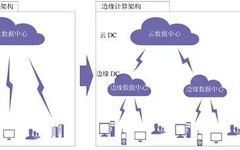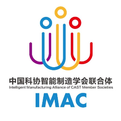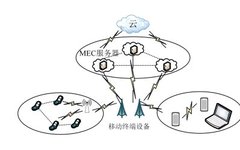Joint Optimization Algorithm for Edge Computing Offloading and Resource Allocation
(Selected Articles from the Journal of Command and Control) Zhang Lanyong, Wang Menglin. Joint optimization algorithm of edge computing computing offloading and computing resource allocation [J]. Journal of Command and Control, 2023, 9 (3): 323-334 ZHANG L Y, WANG M L. Joint optimization algorithm of edge computing computing offloading and computing resource allocation[J]. Journal of … Read more









